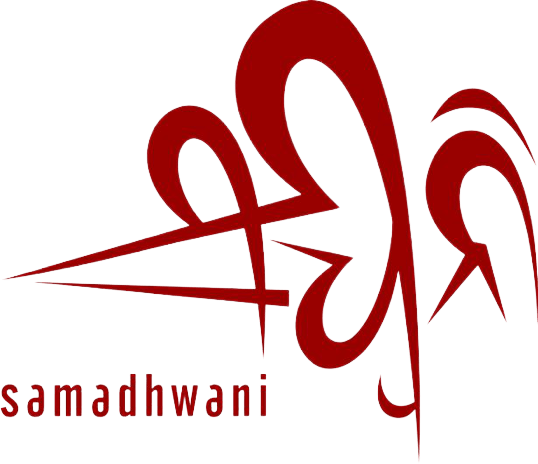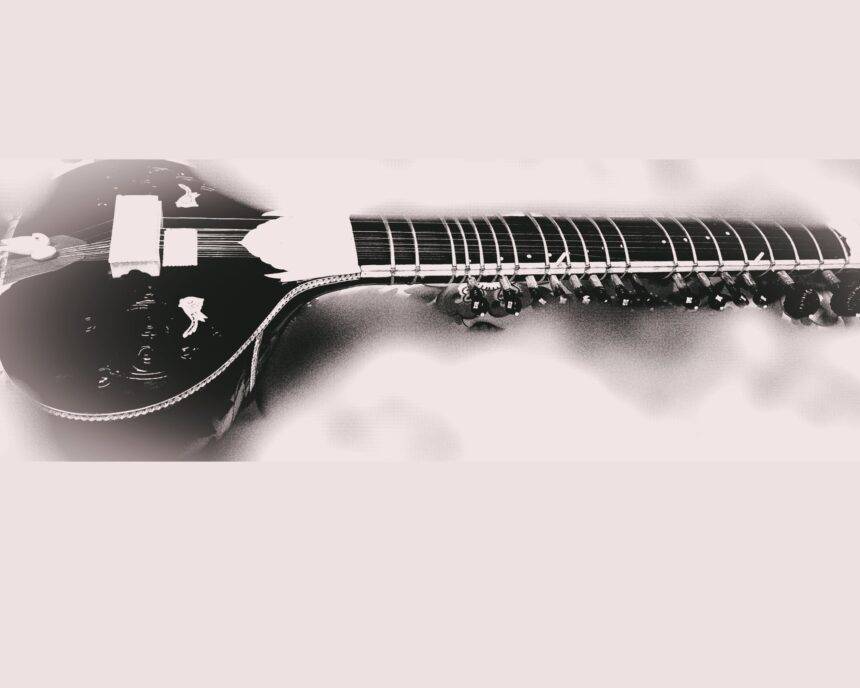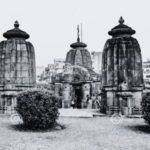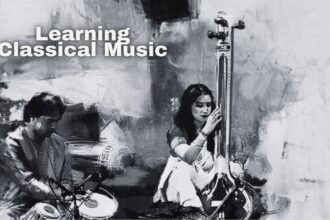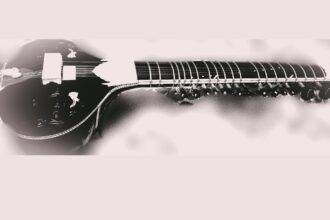Ustad Vilayat Khan’s creative imagination led to the transformation of an old sitar into the innovative Gandhar Pancham sitar. His desire to emulate the expressive qualities of vocal singing on the sitar inspired him to make significant alterations to the instrument, resulting in a historical development in the world of Indian classical music. These alterations and its story can be well expressed by his own words. Just translating his lines from “Komal Gandhar.”
The inspiration for my innovative work with the sitar came from my maternal grandfather, or “Dadu,” and my maternal uncle, Ustad Bande Hussain Khan. My uncle had been exposed to the tantrakari style of sitar playing from listening to my paternal grandfather and my father Ustad Ustad Inayat Khan. He used to sing to me while I sat on his lap, and over time, my exposure to the khayal, dhrupad, and dhamar styles of music helped me to develop my own unique style.
In the 1950s, I found that the existing sitar did not allow me to fully express my musical ideas, so I removed one Jodi string and began playing with only one. This transformed the sitar into a six-stringed instrument. I continued to experiment with this six-stringed sitar for some time before eventually removing the brass pancham as well. The resulting sitar had only five strings – one jodi, one pancham, one chilari, one small chikari, and one madhyam. Over the course of six months to a year, I continued to refine my new five-stringed sitar and develop my unique style of playing. This process of experimentation and refinement continues to this day, as I strive to push the boundaries of what is possible on this incredible instrument.
As Ustad Vilayat Khan’s career was reaching new heights, he relocated to Bombay from Delhi and began performing in many concerts. During this time, the sitar he had been developing was also taking shape. He realized that the existing sitars available in the market were limited in their ability to produce the kind of sound he wanted to play. While his earlier experimentation involved changing only the strings of the sitar, he now recognized that other structural changes were needed to achieve his musical goals. Thus began the creation of a brand new face of the sitar. Although it may have appeared similar to the sitars that had come before it, everything about it had changed – from its measurements, tabli, tumba, dant, targahan, juari, bridge, and juari filing, to the way it was played. The entire panorama of the instrument had been transformed. Hiren Roy of Kolkata and Riki Ram of Delhi played an important role in realizing Ustad Vilayat Khan’s vision and helping him to bring this new sitar to life. Through their collaboration, the world was introduced to the innovative Gandhar Pancham sitar, which has since become an iconic instrument in the world of Indian classical music.
Gandhar Pancham Sitar
Crafting and playing the sitar is a lifelong journey that requires immense dedication and concentration. It cannot be learned overnight and requires a deep love for the instrument. Ustad Vilayat Khan understood this better than anyone and believed that the sitar-making process was not just a theoretical exercise but an integral part of his soul.
Using his own words, I have attempted to bring his story to life and provide a glimpse into the passion and artistry that went into creating the Gandhar Pancham sitar. However, the story of this iconic instrument goes far beyond its structural description. In the following sections, there is much more to be said about its significance and impact on the world of Indian classical music.
